|
Walkden Low level station was situated on the London & North Western Railway’s (LNWR) Roe Green Junction – Fletcher Street Junction line which opened for goods services on 16 November 1874. The line, which was authorised on 12 July 1869, created a shorter route for the LNWR between Bolton and Manchester and one that could compete more easily with the Lancashire & Yorkshire Railway (LYR) who had a direct route between the two times dating back to 1839. The LNWR Bolton and Kenyon line provided a link between Bolton and Manchester but it was not direct and it was more than twice as long as the LYR route. From 1864 the situation was improved when the LNWR opened a line between Eccles and Wigan from which a connection to the Kenyon line was made at Howe Bridge, but again the route was still longer than the LYR line.
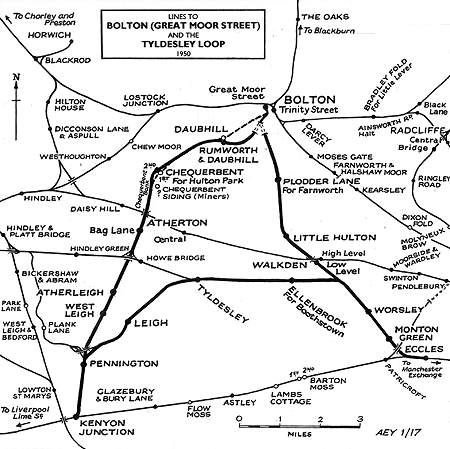 The first sod on the direct line was cut on 23 January 1871 but construction did not start until March 1871. The new line diverged from the Eccles and Wigan line at Roe Green and then ran for 4¾ miles to Fletcher Street in Bolton where it connected to the Kenyon line. Passenger services were introduced on 1 April 1875. Walkden Low Level was opened as Walkden along with two other stations (Little Hulton and Plodder Lane). The first sod on the direct line was cut on 23 January 1871 but construction did not start until March 1871. The new line diverged from the Eccles and Wigan line at Roe Green and then ran for 4¾ miles to Fletcher Street in Bolton where it connected to the Kenyon line. Passenger services were introduced on 1 April 1875. Walkden Low Level was opened as Walkden along with two other stations (Little Hulton and Plodder Lane).
As built Walkden station had two platforms reached by four ramps. There were similar single-storey brick buildings with a canopy on each platform, that on the north side being longer as it included the booking office. The railway company originally proposed naming the station 'Walkden Stocks' but was overruled by the Local Board. In June 1924 it was renamed Walkden Low Level to distinguish it from the Lancashire and Yorkshire Railway's Walkden station which became Walkden High Level. The station had no goods facilities.
Passenger services were discontinued on 29 March 1954 but the line continued to be used for freight traffic.
THE TYLDESLEY LOOP LINE
The Tyldesley Loopline was opened by the London& North West Railway Company on 1st September 1864, to provide
a link between Eccles (located on the famous 1830 Stephenson
line between Manchester and Liverpool), and Wigan (located
on the main West Coast line which ran from London to Glasgow).
 |
In 1870 an additional branch line (the Roe Green Loopline)
was opened to Bolton, via Walkden Low Level. The station was
initially opened at Walkden with Low Level being added 2.6.1924.
A key function of the lines was to support the surrounding
collieries in conjunction with the Bridgewater canal, the
largest of which was at Mosley Common, one of the biggest
pits |
in the UK at its prime.
The Tyldesley Loopline extended from Eccles, through Monton
and Worsley to Roe Green, where it turned westwards through
Ellenbrook. At Roe Green, the Roe Green Loopline diverted
northwards through Walkden to Bolton.
| Roe Green itself was the scene of a major rail crash in on
11th February 1926, when several wagons and a brake van broke
loose from an engine at Little Hulton, thence proceeded down
the gradient through Walkden into the vicinity of Roe Green.
Here, an emergency plan was hastily put into operation and
the carriages were diverted into a small siding adjacent to
Beesley |
 |
Bridge. They smacked into the bridge, breaking up
in the process and depositing their contents far and wide,
before bursting into flames. The contents of one wagon being
boxes of Daddies Sauce, and the other crates of Wellington
boots.
The lines were managed by several companies before their
closure in the late 1960s. The Tyldesley Loopline was finally
closed under the 'Beeching Axe' on 5th May 1969, when under
the control of British Rail. The Roe Green branch line closed
in October 1969.
Since the 1980's parts of the line has been progressively
reclaimed and now forms an integral part of the Salford network
of recreation
pathways. More recently, the Greater Manchester Passenger
Transport Authority has promoted the concept of reclaiming
some 7km of the old line as a bus corridor.
Tickets from Michael Stewart and route map by Alan Young
See also: Bolton Great Moor Street, Plodder Lane for Farnworth,
Little Hulton, Worsley
& Monton Green |

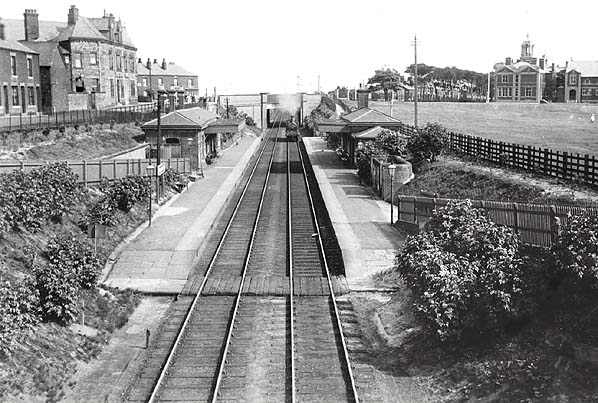
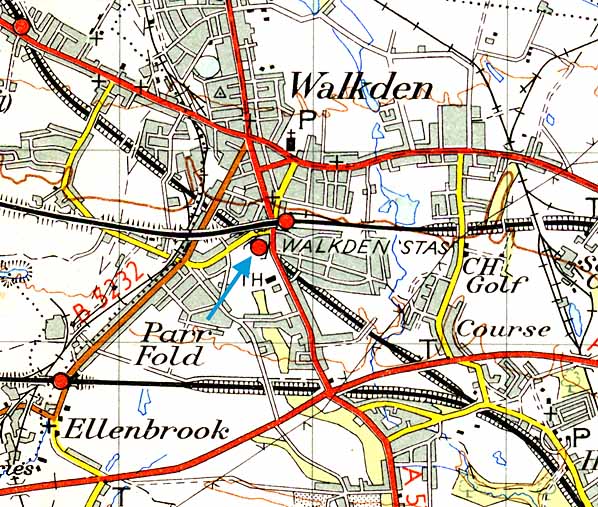
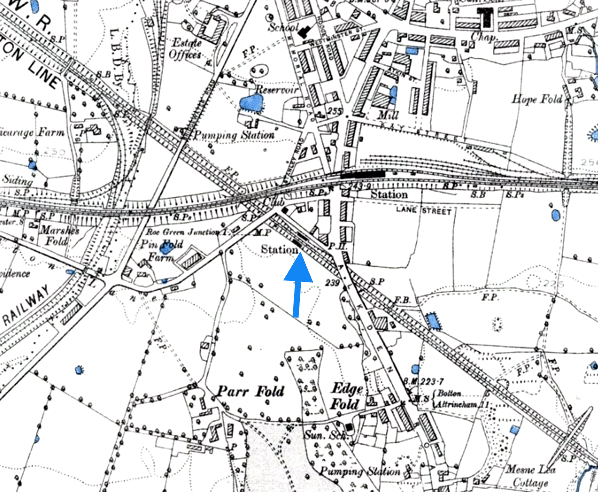
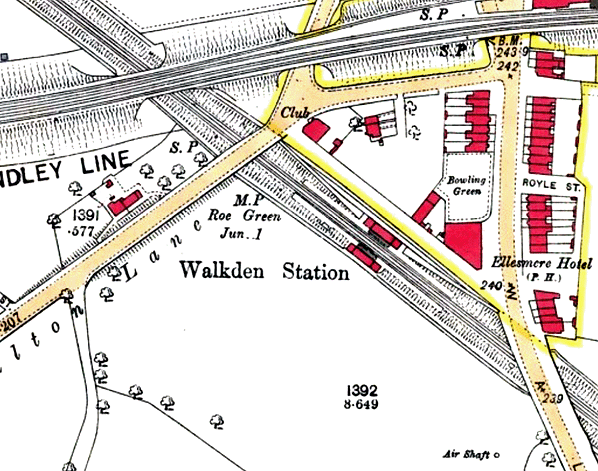
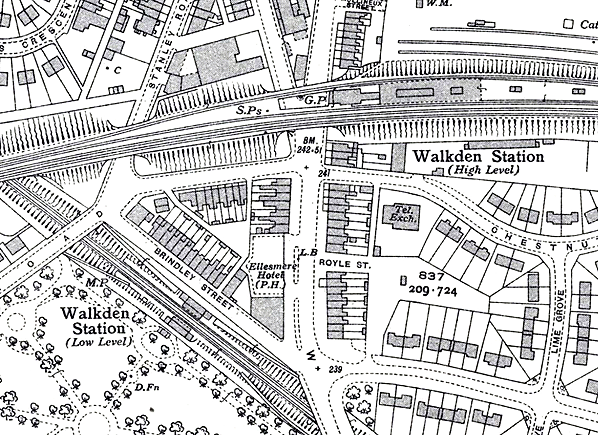
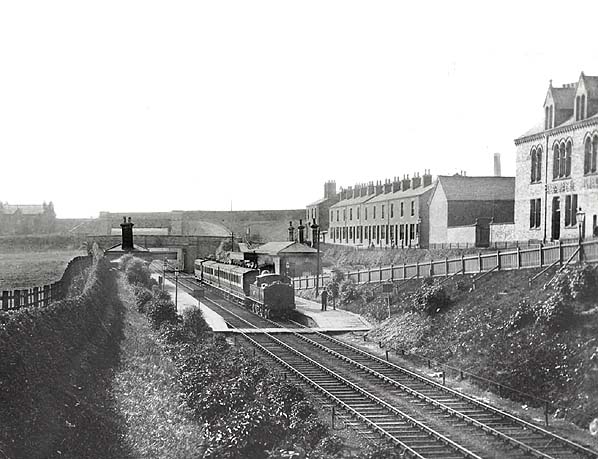
low_level5.jpg)
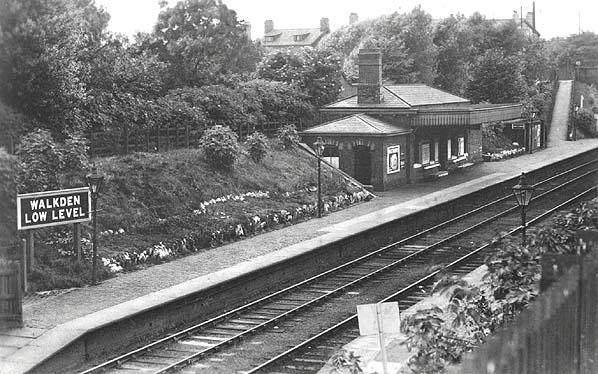
low_level6.jpg)
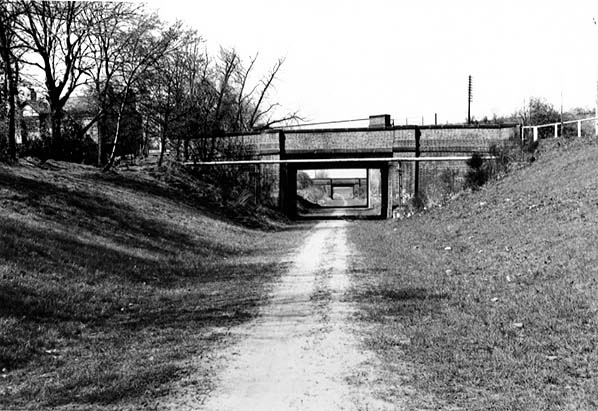
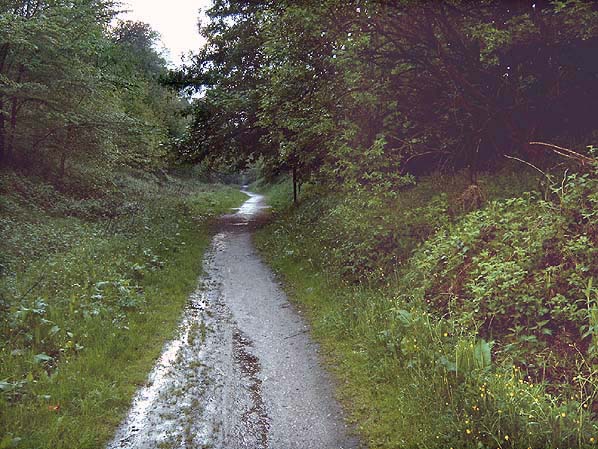
 Home
Page
Home
Page
 The first sod on the direct line was cut on 23 January 1871 but construction did not start until March 1871. The new line diverged from the Eccles and Wigan line at Roe Green and then ran for 4¾ miles to Fletcher Street in Bolton where it connected to the Kenyon line. Passenger services were introduced on 1 April 1875. Walkden Low Level was opened as Walkden along with two other stations (Little Hulton and Plodder Lane).
The first sod on the direct line was cut on 23 January 1871 but construction did not start until March 1871. The new line diverged from the Eccles and Wigan line at Roe Green and then ran for 4¾ miles to Fletcher Street in Bolton where it connected to the Kenyon line. Passenger services were introduced on 1 April 1875. Walkden Low Level was opened as Walkden along with two other stations (Little Hulton and Plodder Lane). 





